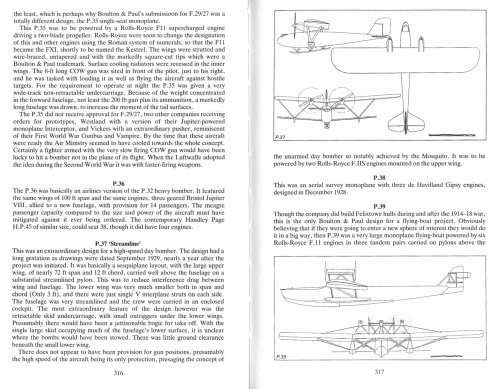- Joined
- 26 May 2006
- Messages
- 34,660
- Reaction score
- 15,487
Hi,
the Boulton Paul P.37 was a high-speed day bomber sesquiplane project of 1929,
there were just single V interplane struts in each side,powered by two Rolls Royce
F.IIS engines mounted at the upper wing.
http://warfiles.ru/show-83763-predki-mosquito-chast-1-proekt-skorostnogo-bombardirovschika-boulton-paul-p37-velikobritaniya.html
the Boulton Paul P.37 was a high-speed day bomber sesquiplane project of 1929,
there were just single V interplane struts in each side,powered by two Rolls Royce
F.IIS engines mounted at the upper wing.
http://warfiles.ru/show-83763-predki-mosquito-chast-1-proekt-skorostnogo-bombardirovschika-boulton-paul-p37-velikobritaniya.html


